10 Examples of Developed and Developing Countries: Definition, Characteristics
Countries in the world are divided into 2 parts or groups, namely developed and developing countries. Examples from developed and developing countries are numerous and we will describe them in detail.
People who live in developed countries have a prosperous life and a higher life than developing countries.
The facilities and infrastructure owned by developed countries are very adequate from the social sector to the education sector.
Table of contents
Characteristics of Developed and Developing Countries
Physical Development
Construction of physical or material facilities. For example housing, schools, offices, markets, airports, irrigation, power plants and so on.
Non-physical Development
Namely psychological or mental development that is non-material. For example, education, income level, health, work ethic, spirituality, a sense of unity, and so on.
Definition of Developed Countries
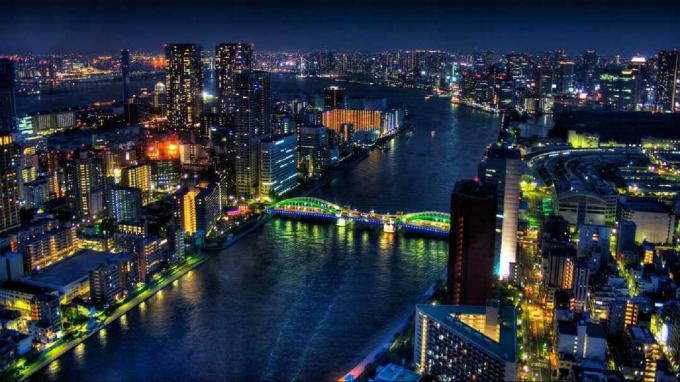
Various countries in the world have their own culture and language. Even from an economic and social perspective, countries have diversity that makes each country unique or has its own characteristics.
Basically the division of a country can be divided into 3 categories, namely underdeveloped countries, developed countries, and developing countries.
It is not easy to know whether the country is a developed country or a developing country in its category.
It takes a lot of indicators or conditions that cannot be owned by a country. Because rich countries alone do not necessarily fall into the category of developed countries.
Because there are several conditions that cannot be met, such as advances in technology, progress in the economy, and socio-political conditions.
For example, developed countries have special terms and unlike developing countries, which are attached to a country that has an overall evenly distributed economy, and a relatively high standard of living in this sector technology
This statement can be concluded that developed countries are countries that have a high level of quality of life and welfare.
Developed countries usually have high per capita Gross National Income (GNP). Developed countries have relatively low population growth rates. The infant mortality rate is also very low, this is due to advances in the field of medicine.
Life expectancy is usually high and offset by the presence of a low number of elderly dependence on their children.
Most of the population in a developed country can read and continue their studies to college.
One of the factors that causes the advancement of social development in developed countries is the existence of adequate social security protect against the risk of loss of income such as occupational accidents, illness, pregnancy, disability, unemployment, and unemployment old. almost half of GNP is used to finance various social and health services.
Characteristics of developed countries
A country can be said to be a developed country if it has the following characteristics:
1. Physical Environment
Developed countries generally have a very wide area, for example, the United States of America, Australia, and Canada are supported by a very favorable physical environment for a country that.
Natural resources in developed countries on average are indeed useful, such as mining, gold and so on. Developed countries are able to develop coastal areas into strategic ports that support industrial and foreign trade activities.
In this utilization of energy, developed countries have utilized alternative energy sources, for example electricity from waterfalls, rivers and so on.
2. Economics
Examples of developed countries in general have very rapid economic growth and are very different from developing countries.
Most of the population works in the industrial and service sectors, so they have a high level of per capita income. produced from industry, natural resources, quality agricultural sector, oil, and gold
3. Population Quality
The quality of the population determines the progress or development of a country. The quality of the population can be measured through the level of education, the level of health, and the level of welfare or income per capita.
For example, if a country that has a high level of education, the quality of the population of that country is good, it is called a developed country and not a developing country.
The level of good health means that it is related to the death rate and life expectancy.
In a developed country, infant mortality is low, less than 1% and life expectancy is generally high, more than 75%.
4. Educational aspect
For example, developed countries generally have a high level of education which is characterized by the development of mastery which is progressing rapidly and is different from developing countries
Because they have mastered the development of science and technology, humans in developed countries are relatively smarter and have more knowledge high creativity that has brought developed countries to experience rapid development in various fields so that they become modern
The conclusions of developed countries are:
- The education level of the country's population is high
- Many experts available Tersedia
- Large capital available
- Most of the population live in urban
- High life expectancy
Examples of Developed Countries
First, we will give examples from developed countries and then we will give examples from developing countries.
1. United States of America
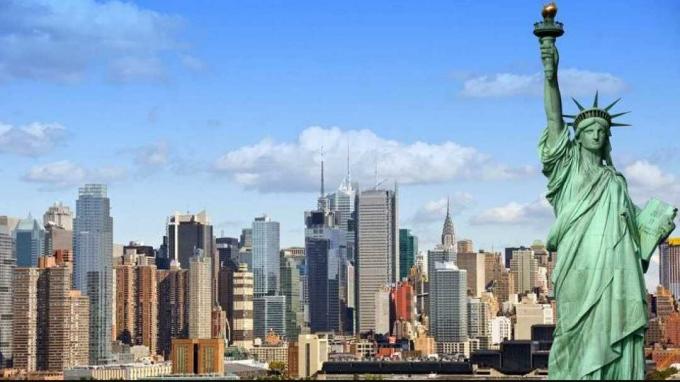
The country which is known as a superpower has a fast economic growth. The rapid rate of economic growth has succeeded in building achievements in equitable living welfare for its residents and prioritizing services and the industrial sector in its economy.
This Superpower or United States of America has 50 states. The United States has a high-quality culture. America gave birth to many figures of scientists, writers, thinkers, musicians and others.
With high knowledge the United States can detect the earth which is useful for technology and knowledge development. At the world level, the United States has many achievements in various sports such as basketball, tennis, boxing, swimming, and athletics.
The original inhabitants of the United States are Eskimos and Indians who belong to the Mongols.
Most of the United States population is Protestant. The national language that must be used by the United States of America is the United States language which is implemented from the age of 16-18 years. 12 years of primary education in the United States. The United States of America is a republic with a bicomeral parliament.
The supreme power of the United States is held by Congress consisting of the Senate consisting of state representatives and the House of Representatives representatives elected by the states. Executive power or the president is elected every four years in the United States of America
2. Japan
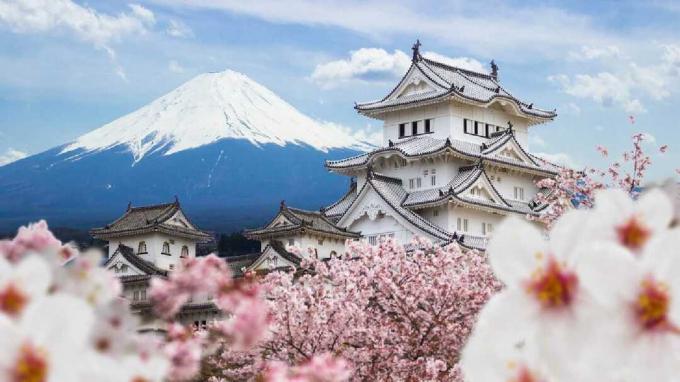
The country is dubbed the country of cherry blossoms because it is overgrown with cherry blossoms that are blooming with beauty.
The original inhabitants of Japan are the Ainu people and most of the Ainu are located on the island of Hokkaido. Religion in Japan is also an inspiration for the culture of most people, including the drama of noh dance, kabuki, the art of flower arrangement and the art of bonsai.
Japan is one of the largest industrialized countries on the Asian continent which is supported by technology and science as well as high discipline from the Japanese population.
3. South Korea
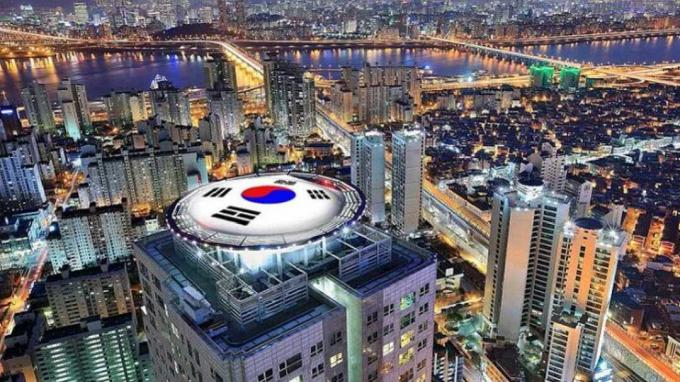
South Korea is an East Asian country that covers the southern part of the Korean Peninsula. Next to North Korea, the Republic of Korea (South Korea) borders North Korea, where the two were united until 1948.
The end of World War II was marked by the defeat of Japanese troops in the Pacific, which did not make the countries in the world immediately conducive and one of them was Korea.
It used to be known as Korea but the country of Korea is divided into two parts, namely North Korea and South Korea. South Korea was supported by the United States of America while North Korea was supported by the Soviet Union.
The conflicts that occur in North and South Korea are still happening today. Because the peace agreement between the two countries has not been implemented.
South Korea is in the form of a republic, just like a country that adheres to the notion of democracy in it, South Korea divides into 3 parts, namely the executive, legislative, and judicial.
The executive body is held by the President based on the final results of the election and has a term of office for five years assisted by the minister.
The prime minister is appointed by the president with the approval of the council of representatives.
The country of South Korea has an order in the number fifteen economic market, one of the East Asian tigers, the South Korean country has achieved a very impressive export and import.
South Korea has a centralized government system where government policies, including education, must be approved by the regional legislature.
The level of education in South Korea is divided into 4 namely elementary school, junior high school, high school, and college. Education in South Korea is quite proud in the world.
In fact, technology in education in the country has also been developed throughout the Korean mainland by creating a high-speed internet network.
This country is famous for its global culture. There are so many world artists (boyband & girlband) who come from South Korea.
In addition, South Korea is one of the developed countries because it is one of the largest industrial countries in the world. In South Korea there are several well-known industrial companies such as KIA, Samsung, and LG
4. France
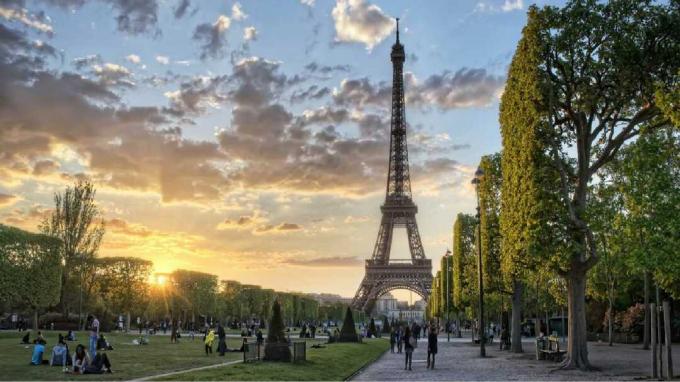
A country located in Western Europe, bordered by the Bay of Biscaye to the west, the English Channel at North, Belgium, Germany and Switzerland in the East, Spain, Andorra, Monaco and the Mediterranean in the South, and Italy in the Southeast.
France is famous for its couture (fashion), wine, music, bread, trains, super fast TGV, and its resorts in the Alps, close to the Swiss border.
French people are also very proud of their language that they almost do not want to speak another foreign language in their country, namely France.
France is one of the 3 largest agricultural product-producing countries in the European Union along with Britain and Germany.
Agriculture in France is mostly wheat and sugar beet farmers. Apple orchards in Brittany and Normandy. The area produces an apple and pear cider drink called cinder.
Not a few who keep livestock such as sheep and cows. The Roquefort area produces wood, butter and milk.
The French state industry is progressing rapidly because of the presence of a hydropower source that functions as electric power and also many experts and considerable capital.
The national language of France is French. French citizens are Calvinists, Roman Catholics, and Baptists. And other religions are few in France.
France is a republic led by the President. The President has a term of office or a term of office of seven years. The government of France is held by a prime minister.
5. New Zealand

New Zealand, which means Land of the Long White Cloud in the Maori language called Aotearro, is an archipelago in the southwest Pacific Ocean in Southeastern Australia.
The country consists of two main islands and several smaller islands. New Zealand uses a constitutional monarchy system of government which recognizes the Queen of Great Britain as its head of state.
And the Prime Minister as his Government, the Governor or General who becomes the representative of the Queen of Great Britain as an advisor to the Prime Minister. New Zealand's economy has high economic growth
New Zealand is responsible for the self-governing State of the Cook Islands and Niue and governs Tokelau and the Ross Dependency.
Understanding Developing Countries Negara
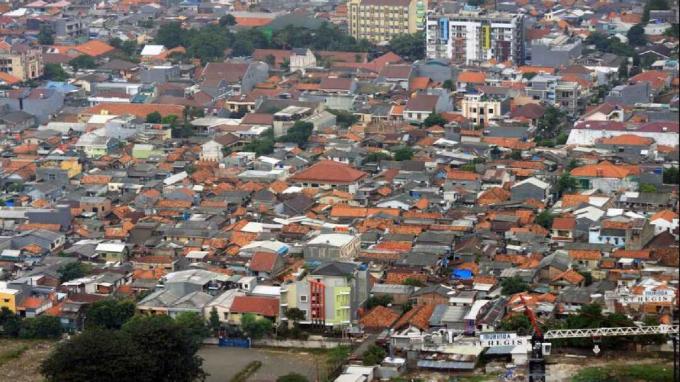
Developing countries are countries that have a fairly low level of per capita income.
This can happen because developing countries continue to want to develop their country and continuously improve their quality of life.
Although sometimes it is constrained by several factors, such as natural disasters, political wars or the like which resulted in the destruction of these developing countries
Groups of developing countries have underdeveloped social development which can be seen in the low quality of resources humans, such as the low life expectancy of only 50 years, the high infant and child mortality rate 180/1000.
Besides, it is also characterized by a large population and high population growth rate.
Due to the lack of awareness of the population to implement the Family Planning (KB) program and the high rate of internal migration
Characteristics of Developing Countries
1. Physical environment
The physical environment of a country is related to its geographical location. Countries that are developing countries, which are located in the tropics, have different physical conditions from those in the subtropics.
Differences in physical environmental conditions result in differences in natural resources and human resources.
2.Economic side
From an economic point of view, developing countries have slow economic growth. The population still relies on the economy in the agricultural sector. To meet the needs of its population, the country is still very dependent on available natural resources.
3.Quality of Population
The quality of the population in developing countries is generally still low, besides that the quality of the population in developing countries can be the lowest. The low income per capita, the low level of health which is indicated by the number of cases of malnutrition, and the high infant mortality rate.
4. Educational aspect
Compared to developed countries, developing countries' education is still very far behind. As a result, the mastery of technology and science in a developing country is still very low. This is unfortunate considering that sometimes many children are smart and can find various inventions in developing countries
The summary of the characteristics of developing countries are:
- The education level of the population is still very low
- Not many experts available
- The invested capital is relatively small
- Most of the population lives in the village
- The economy is largely driven by the agricultural sector
Examples of Developing Countries
After the examples from developed countries and we will give examples from developing countries
1. Indonesia
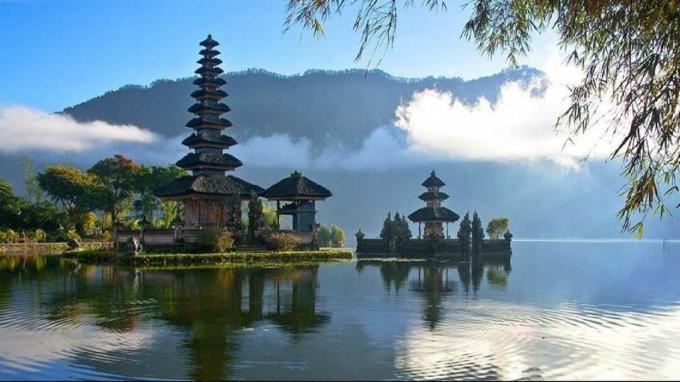
One example of a developing country is Indonesia. Nusantara is a developing country located in Southeast Asia.
Indonesia is the largest archipelagic country in the world. The location of Indonesia is at the coordinates of 6 degrees north latitude – 11 degrees south latitude and 95 degrees – 141 degrees east longitude.
Geographically, Indonesia's territory is located between 2 continents and in 2 oceans, this makes Indonesia in a very strategic position.
Most of the professions of the Indonesian population are in the agricultural sector. That is 44.5% of the total population.
Although the agricultural sector is large in absorbing labor, it is only able to contribute around 17.4 of Indonesia's total Gross Domestic Product
The Indonesian government is in the form of a republic led by the President and has a term of office every 5 years in elections.
The Indonesian state is seen from its politics and government, so running a democratic multi-party presidential system is the same as other countries in the world the Indonesian political system is based on the Trias Politica principle, namely the executive, legislature and judicial.
In accordance with the Indonesian Constitution, it stipulates that the central and regional governments must allocate a budget of 20% for education outside of salaries and services.
Economic growth in Indonesia is quite stable and cannot be felt in full or evenly because many Indonesian citizens are still below the poverty line.
Most Indonesians embrace Islam up to 85% of the total population
2. India
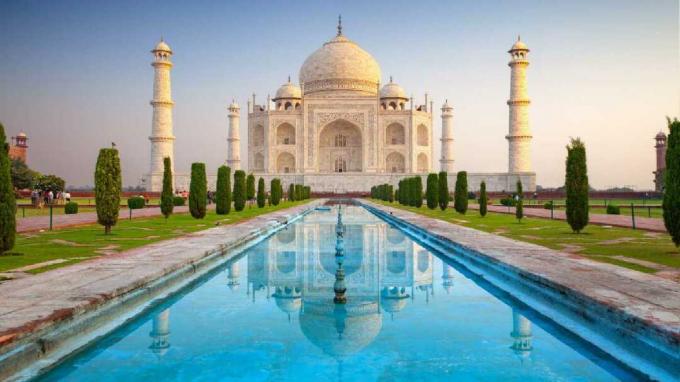
The Republic of India is a country located in South Asia in the form of a peninsula. Peninsular India is flanked by the Bay of Bengal and Arabia to the west. India is known as the Asian subcontinent.
This is due to the vast territory owned by the state of India. The area of the country reaches 327,590 square kilometers.
India is one of the developing countries because its economic life depends on the agricultural sector. This is in line with the majority of the Indian population who work as farmers.
To increase agricultural production, in 1960 India carried out the green revolution.
This revolution aims to increase agricultural production by using superior types of seeds in agriculture. Most of the agricultural land is used for growing food.
India is also listed as the number one pepper producer in the world
3. Mexico

Mexico is an example of a developing country. The United States of Mexico or what we know as Mexico. and this country is located in North America.
Mexico is the third largest country in Latin America and also the largest Spanish speaker in the world. Mexico's name is taken from the name of the capital city which comes from the ancient capital of the Aztecs.
Since the second world war, Mexico has changed the focus of its economy based on the agricultural sector to the mining sector.
Mexico is very rich in petroleum and is the 10th largest oil producing country in the world.
Between the 40s and 80s, Mexico experienced a very rapid economic growth but then the country collapsed due to excessive borrowing. In the 90s the country began to recover because it followed NAFTA.
Currently the government of Mexico has shifted the country's economic focus from mining to focus on light industry and exports. And the tourism sector is also an increasingly important source of the economy.
4. Brazil
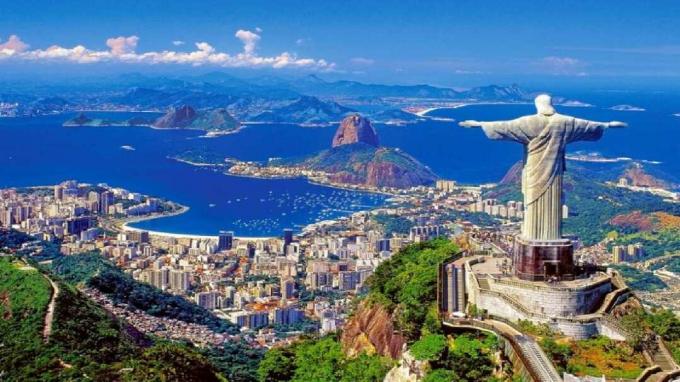
Brazil is the largest country on the Latin American continent. Brazil is bordered by the Andes Mountains to the west, and the Atlantic Ocean to the east. Brazil is also listed as the most populous country in the region.
As a former colony of Portugal, the official language of Brazil is Portuguese.
Portuguese is spoken by almost all of the people. This is certainly very different from most Latin American countries that speak Spanish.
Portuguese is the only language learned in schools and is the official language of the government.
The name Brazil itself is taken from a wood name, namely Brazilian wood. Some kind of local wood there. Brazil is also listed as the largest coffee producing country in the world.
5. Russia

Another example of a developing country is Russia. Russia is the largest country on earth, they have an area from Europe to the Bering Strait bordering Alaska.
Russia is the largest country in the world located on two continents, Russia is a country that uses the form Semi-Presidential Federal whose head of state is the President and the government is headed by the Prime Minister Minister.
The Russian Federation was formed after the dissolution of the Soviet Union in 1991. The dissolution of the Soviet Union was marked by the separation of several states of the Soviet Union into independent sovereign states.
Russia continues the legal status and successor of the Soviet Union which is the largest state, the capital of Russia is the city of Moscow.
Russia has abundant natural resources such as gas, metals, petroleum and timber.
Russia is the largest country in the world located on two continents, Russia is a country that uses the form Semi-Presidential Federal whose head of state is the President and the government is headed by the Prime Minister Minister.
The Russian Federation was formed after the dissolution of the Soviet Union in 1991. The dissolution of the Soviet Union was marked by the separation of several states of the Soviet Union into independent sovereign states.
Russia continues the legal status and successor of the Soviet Union which is the largest state, the capital of Russia is the city of Moscow.
Russia has abundant natural resources such as gas, metals, petroleum and timber
The distance is more than 8000 km stretching from west to east. In addition, Russia's territory covers 10% of the planet's land surface.
The country's economy was largely controlled by the government in the 1960s when communism took control of Russia. The state controls and owns economic resources ranging from land, companies, and natural resources.
Government agencies decide what goods will be produced, who will produce them and the amount of costs required.
This policy helped Russia change the country's economic sector from the economic sector to the industrial sector. But when 1991, when the Russian economy fell with the collapse of the Soviet Union.
The Russian ruble also experienced a very sharp decline. Since 1991, the Russian economy has undergone a very difficult transition. Russia began to move from a state-controlled economy to private ownership.
In 1998, Russia also experienced a severe financial crisis as did Indonesia. Now the Russian economy has started to stabilize and is moving better.
Some of the examples of developed and developing countries that we have discussed in full may be useful for all of us.
